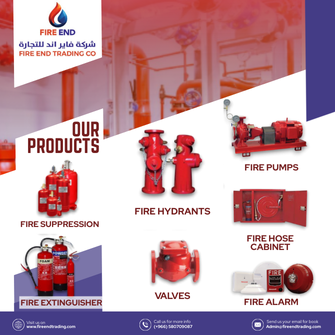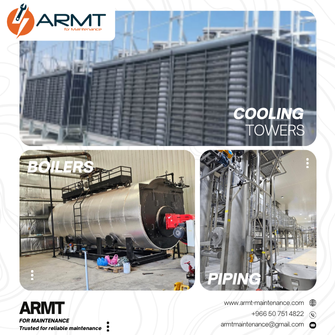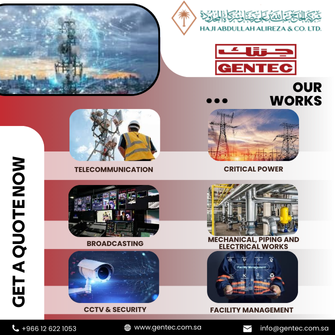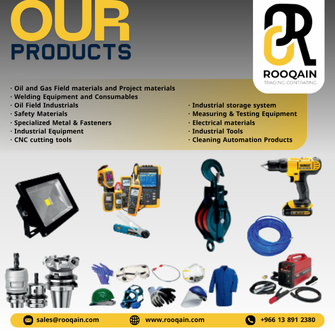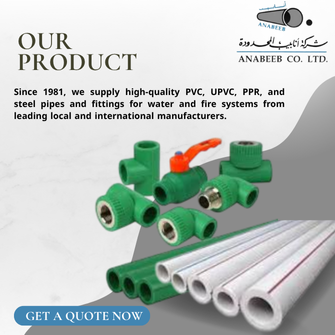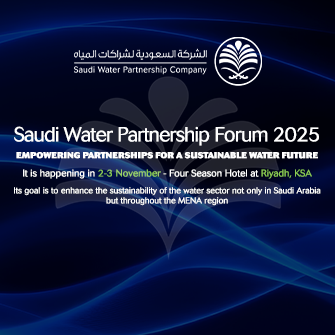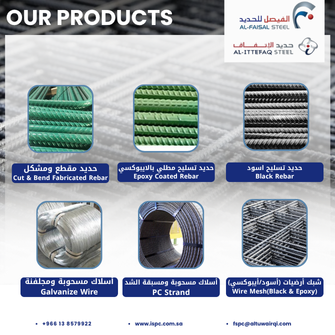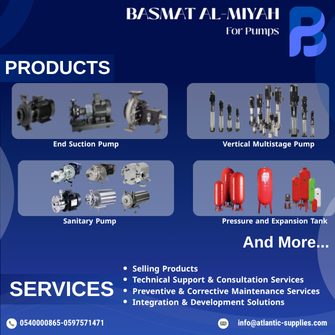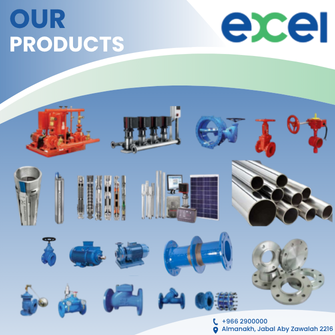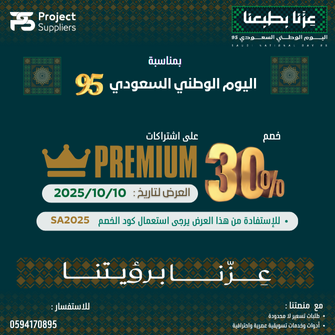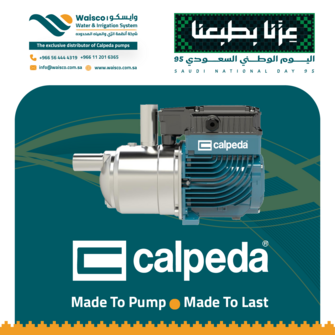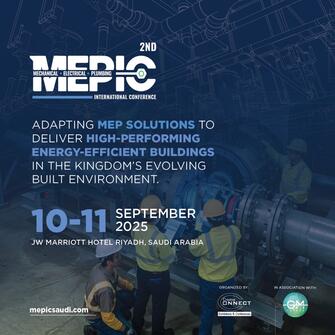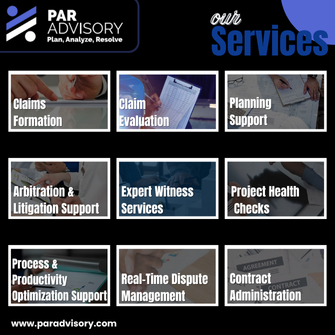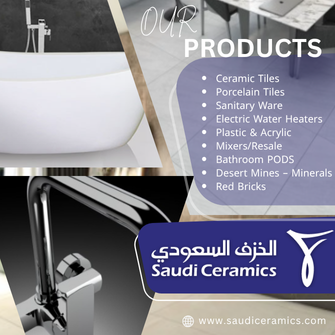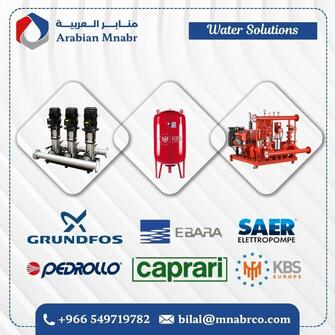Under Ground Waterproofing - EPDM - Cementitious - Bituminous - Crystalline -HDPE - PVC - T.P.O
advertisement
Gallery
Product Information
EPDM Waterproofing Membrane for Underground Roof
Introduction for EPDM Waterproofing Membrane:
This waterproof coiled material is of high elasticity with best performance among high polymer waterproof coiled material in the world.It is also the most typical one in the world.Waterproof coiled material made of ternary ethylene-propylene rubber is produced with the use of the most advanced continuous extrusion and vulcanization technology and related equipments which are specially designed for production of such product.It is good in compactness,without bubble and performance difference in length and breadth,performances reach or exceed the demands.
Characteristic of EPDM Waterproofing Membrane:
1>Excellent anti-aging performance, service life up to 50 years
2>Working well with in -40°C to 100°C,it can be constructed with a single layer in ambient temperature. 3>Waterproofing on various kinds of underground project,industrial of civil buildings and structures. 4>high extension rate, high tensile strength, small size changes at heat treatment
5>Good plant roots penetrability resistance and can be made waterproofing layer of planting roof
6>Special modified molecular structure ,effectively resolving the current domestic and foreign glue joint problem . 7>Good low temperature flexibility, and good performance of adapting to ambient temperature changes. 8>Convenient application ,solid joint, no environment pollution
9>chemical corrosion Resistance, can be used for special occasions
Usesage of EPDM Waterproofing Membrane:
Widely used in roofs, basement, toilet ,swimming pool, and all kinds of industry and civil building waterproofing, reservoir, bridge, underground, tunnel and dam waterproofing ,especially to the keystone waterproofing projects which is durability, high corrosion resistance and easy deformation
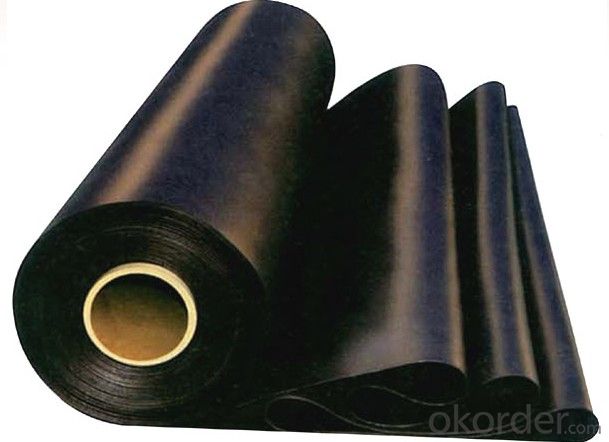
What Is Cementitious Waterproofing?

Water damage can be a serious problem in a building, giving toxic mold and mildew a place to thrive and putting the entire structure at risk. According to data from the American Society of Home Inspectors and the Federal Emergency Management Agency, more than 60 percent of basements in existing homes have moisture problems. So, what is cementitious waterproofing?
Many residential and commercial buildings use waterproofing as a preventative measure to keep water from making its way into the building and causing issues, particularly in the basement. It can also help to reduce energy costs and strengthen the foundation of the property.
What Are Cementitious Waterproofing Coatings?
Cementitious waterproofing coatings are types of breathable coatings that can give concrete and masonry surfaces positive- and negative-side waterproofing.
Positive-side waterproofing creates a waterproof barrier on the side of the surface in question that has applied hydrostatic pressure. On a foundation, for example, this would be the outside surface closest to the soil. Negative-side waterproofing, on the other hand, protects the surface that is opposite the side that has applied hydrostatic pressure. An example of this would be the inside of a basement wall. In addition to keeping moisture out, these coatings can prevent damage from mold, mildew and water infiltration.
Benefits Of Cementitious Waterproofing
Cementitious products are considered some of the easiest waterproofing materials to mix and apply, and they provide a very solid and durable coating when acrylic additives are mixed into the cement. The materials involved are easy to obtain, and are particularly suited to wet areas like bathrooms.
Below are a few of the specific benefits this type of waterproofing offers residential and commercial properties.
Water Infiltration Damage Prevention
The main reason people turn to cementitious waterproofing is to prevent water infiltration damage, and it is highly effective in this regard. It stops the passage of water, which can save the area and its contents from all manner of water damage.
Mold Resistance

Mold is very common in homes and buildings. Any type of water seepage or excess moisture can result in the growth of mold, potentially leading to serious damage and problems with air quality. It grows particularly well on ceiling tiles, wood products and cardboard, but it can also grow in damp drywall, carpet, upholstery, paint and wallpaper.
The Centers for Disease Control and Prevention report that exposure to moldy environments can cause a range of health effects that may be severe, so it is essential to keep mold under control. Cementitious waterproofing is a reliable way of deterring mold from growing in the home.
Mildew Resistance
Mildew thrives in dark, damp and humid spaces. Like mold, it can grow on all manner of surfaces and often leads to respiratory issues and other health problems. Cementitious waterproofing in areas like basements can help to keep mildew at bay.
Types Of Cementitious Coating Products
There are several types of breathable cementitious coating products that can be used for waterproofing basements or other areas.
MasterSeal 550 offers a flexible waterproofing membrane that is suitable for above and below-grade uses both inside and outside a building. It can prevent cracking from telegraphing and accommodates substrate movement. This breathable membrane can be used on floors, walls and tiled pools.
MasterSeal 581 waterproof coating is also suited to above and below-grade applications. It can hide minor blemishes and defects in architectural concrete. The product is formulated to allow interior moisture to get out without causing damage to the coating. It can resist positive and negative hydrostatic pressure, and its finish requires very little maintenance to maintain its waterproof capabilities.
MasterSeal 582 is a waterproof coating for above-grade foundations that can also serve as a base. It can also be used for below-grade exterior masonry and concrete. This cost-effective choice provides a highly durable barrier.
 MasterSeal 583 is a cement-based waterproof coating that is best suited to concrete, masonry and brick. It can waterproof basements, foundations, concrete planters, water cisterns and similar surfaces. Its semi-smooth white finish is attractive and can correct irregularities in surfaces. It also offers a high level of mildew and mold resistance.
MasterSeal 583 is a cement-based waterproof coating that is best suited to concrete, masonry and brick. It can waterproof basements, foundations, concrete planters, water cisterns and similar surfaces. Its semi-smooth white finish is attractive and can correct irregularities in surfaces. It also offers a high level of mildew and mold resistance.
MasterSeal 584 is a cementitious waterproof coating that can be applied to block, brick or concrete. It provides great adhesion to mineral substrates and can cover up the appearance of mortar joints to provide color and texture uniformity. It can be applied by spray or trowel.
Roof Waterproofing Using Bituminous Waterproofing Membrane Sheet
A bituminous waterproofing membrane is used for reinforced concrete roof waterproofing. This waterproofing membrane comes on site in the form of rolls manufactures and packed in the factory properly sealed. The specifications and safety manuals of this membranes provided by manufacturer should be read before installation process. Fire safety and prevention is the most important while using this membrane. All inflammable materials from roofs to be removed and good roofing practices should be followed. The bituminous waterproofing membranes are unfolded on the site and laid firmly on surface with tar based adhesives using blowtorches.
A layer of bituminous water proof membrane is laid over the structural roof which acts as a shield against the seepage of water onto the roof. Roof tiles & membrane is applied over the filler material laid to slope to pass the flow of water into drains. A proper slope is necessary to allow the water to flow steadily to drains. These membranes have 2 to 4 mm thick water proof materials. Membrane should be flexible with elongation 150 % to cover any small cracks, strong, chemical & UV resistant, flexible enough to take any shape over which it is laid.
Procedure for Roof Waterproofing Using Bituminous Waterproofing Membrane

Roof Surface Preparation
The surface to be membrane should be clear from dirt, dry and clean. Must not be installed during adverse weather and below 450 F. For slope up to 3 inch the membrane should be laid perpendicular to slab and more than 3 inch slope should be laid parallel to slope. This ensures that water is never be running at joint lap edge.
Torch Equipment
Torch equipments should be properly connected and hoses to be in good working condition. Check the equipment against gas leakage by using soapy water. When torch is opened it should be at lowest possible settings to avoid sudden gush of fire.
Crystalline Waterproofing
Sealant and admixture solutions
Crystalline waterproofing is a technology that involves the development of crystals to help achieve watertight concrete structures. Master Builders Solutions crystalline waterproofing technology is available as a waterproof coating for concrete, or an integral admixture for concrete, for use in both above and below grade applications.
Looking for new opportunities in the Saudi market?
Receiving real RFQs is the key for new orders.
Here in Project Suppliers platform we gain you the new opportunity.

